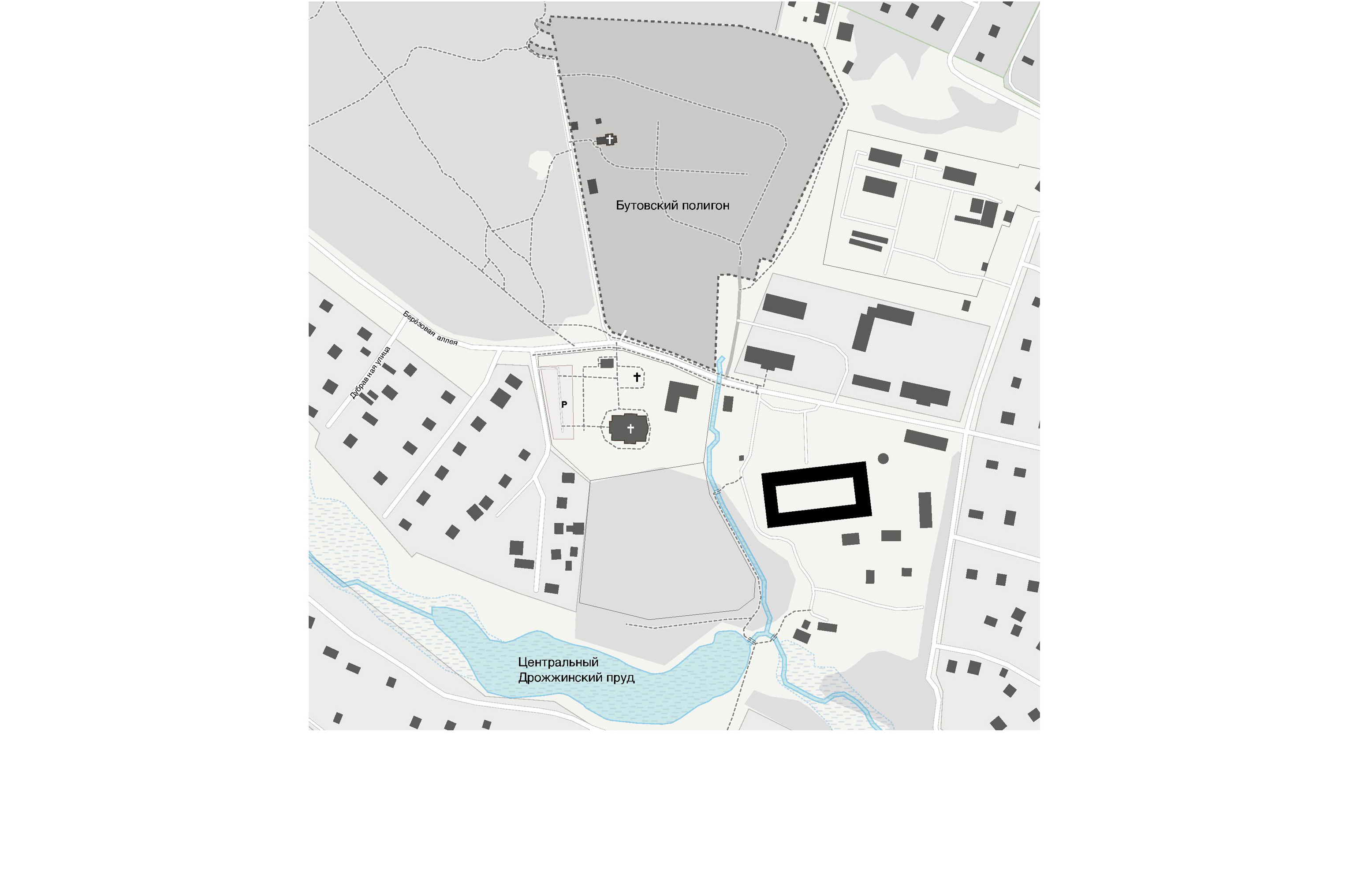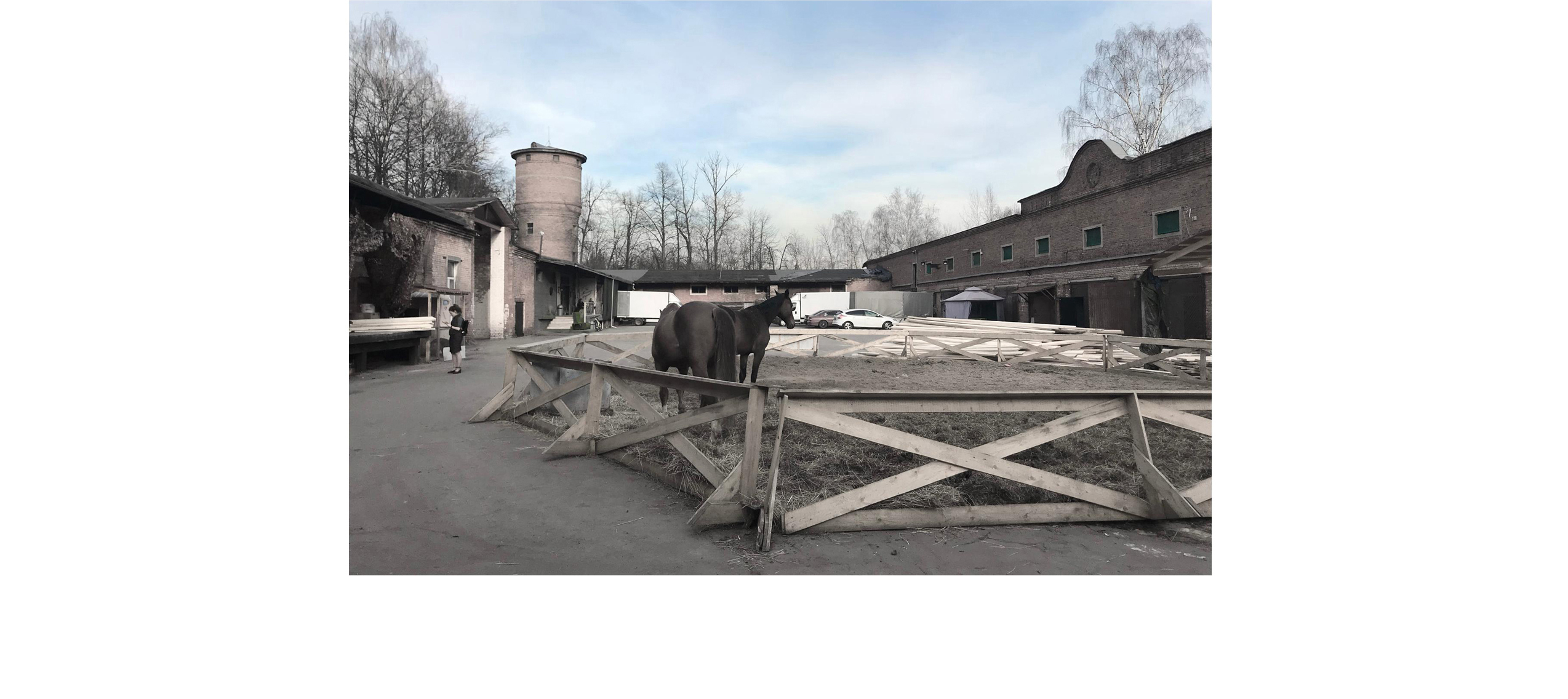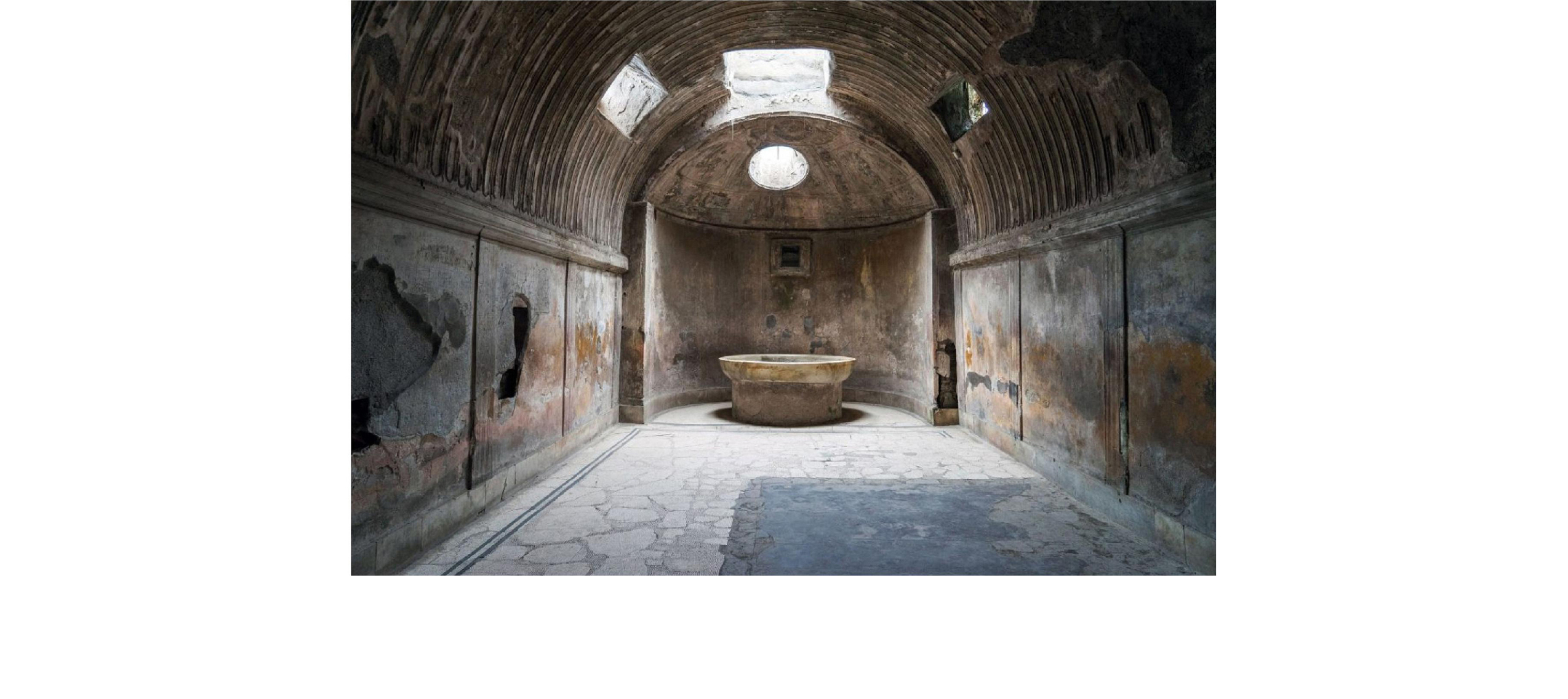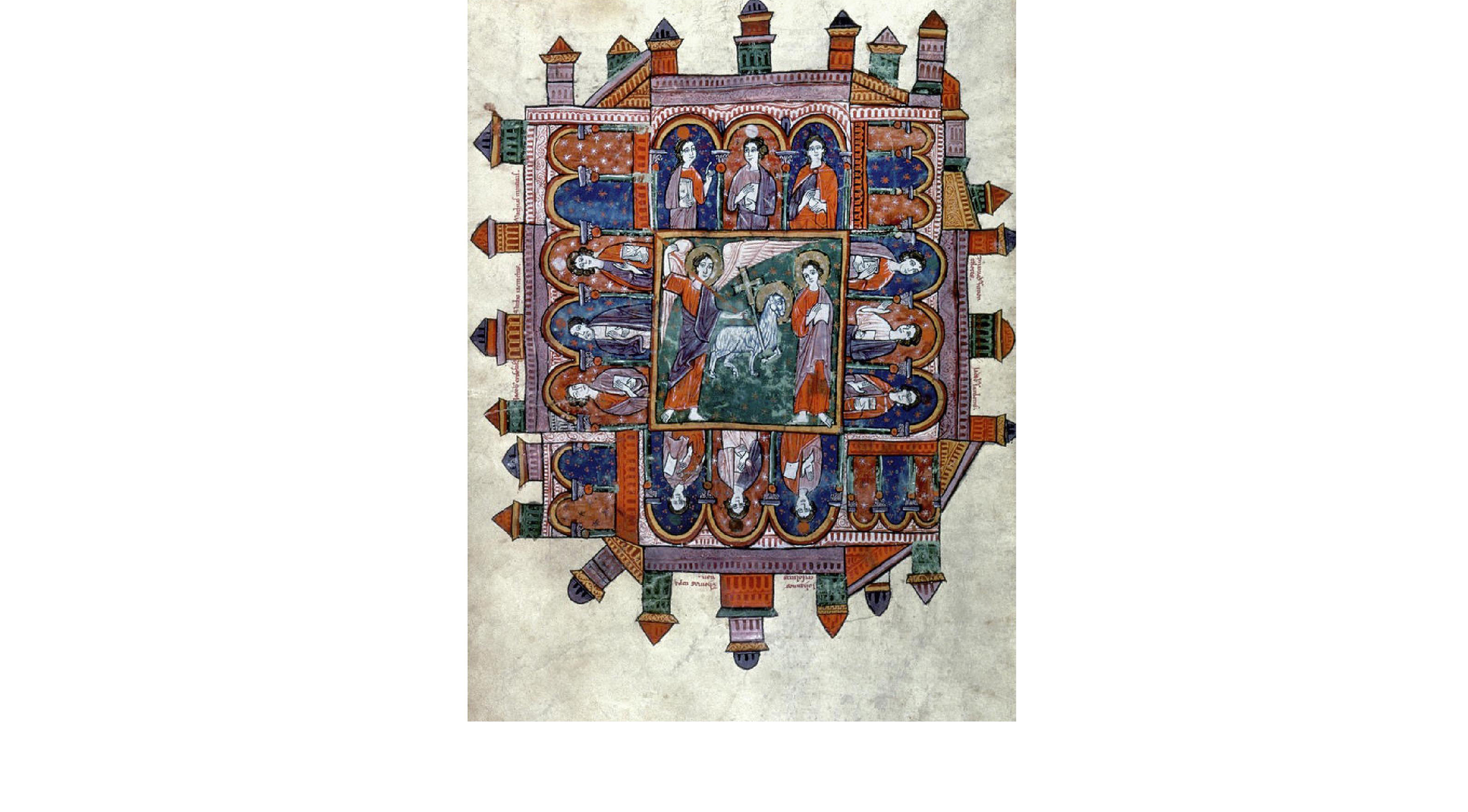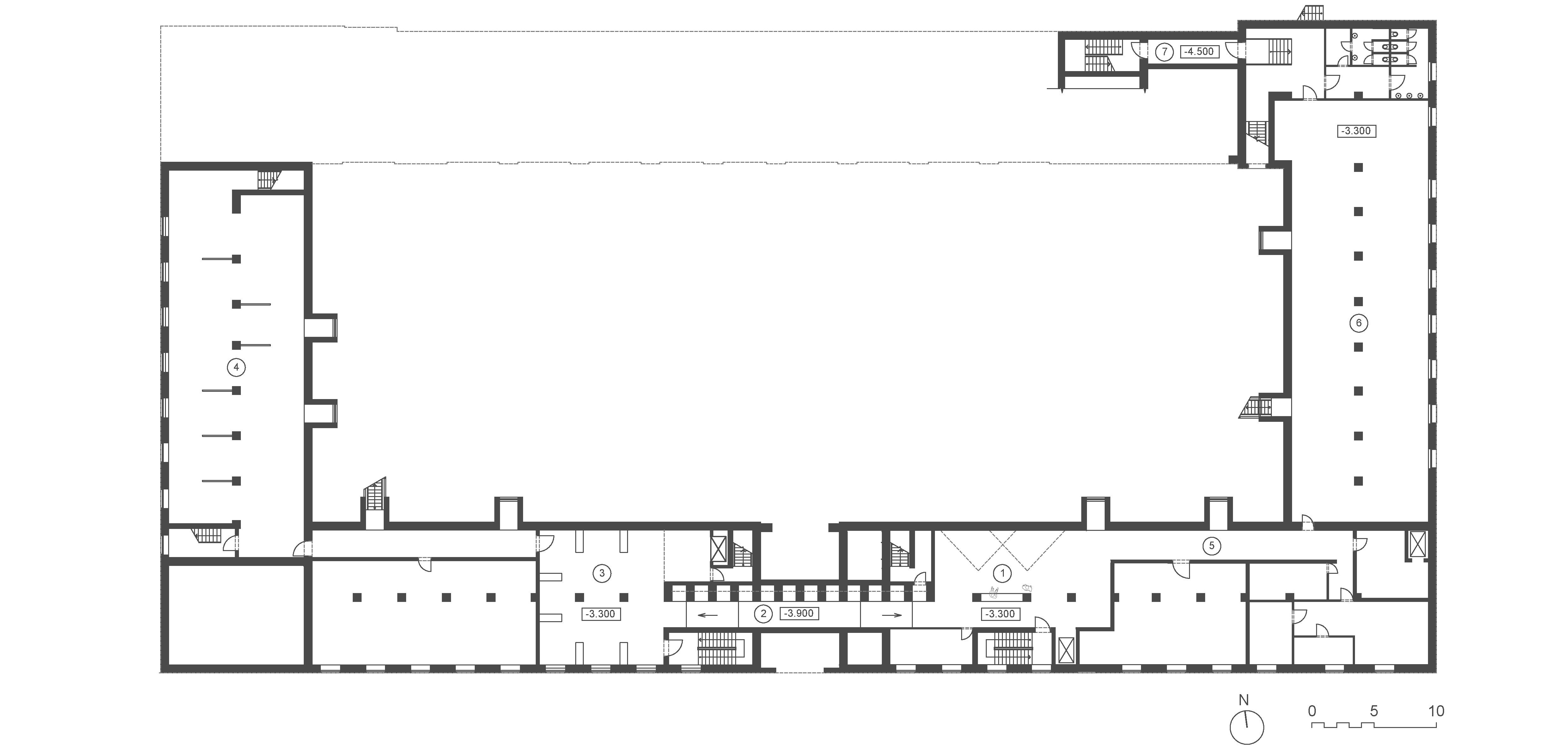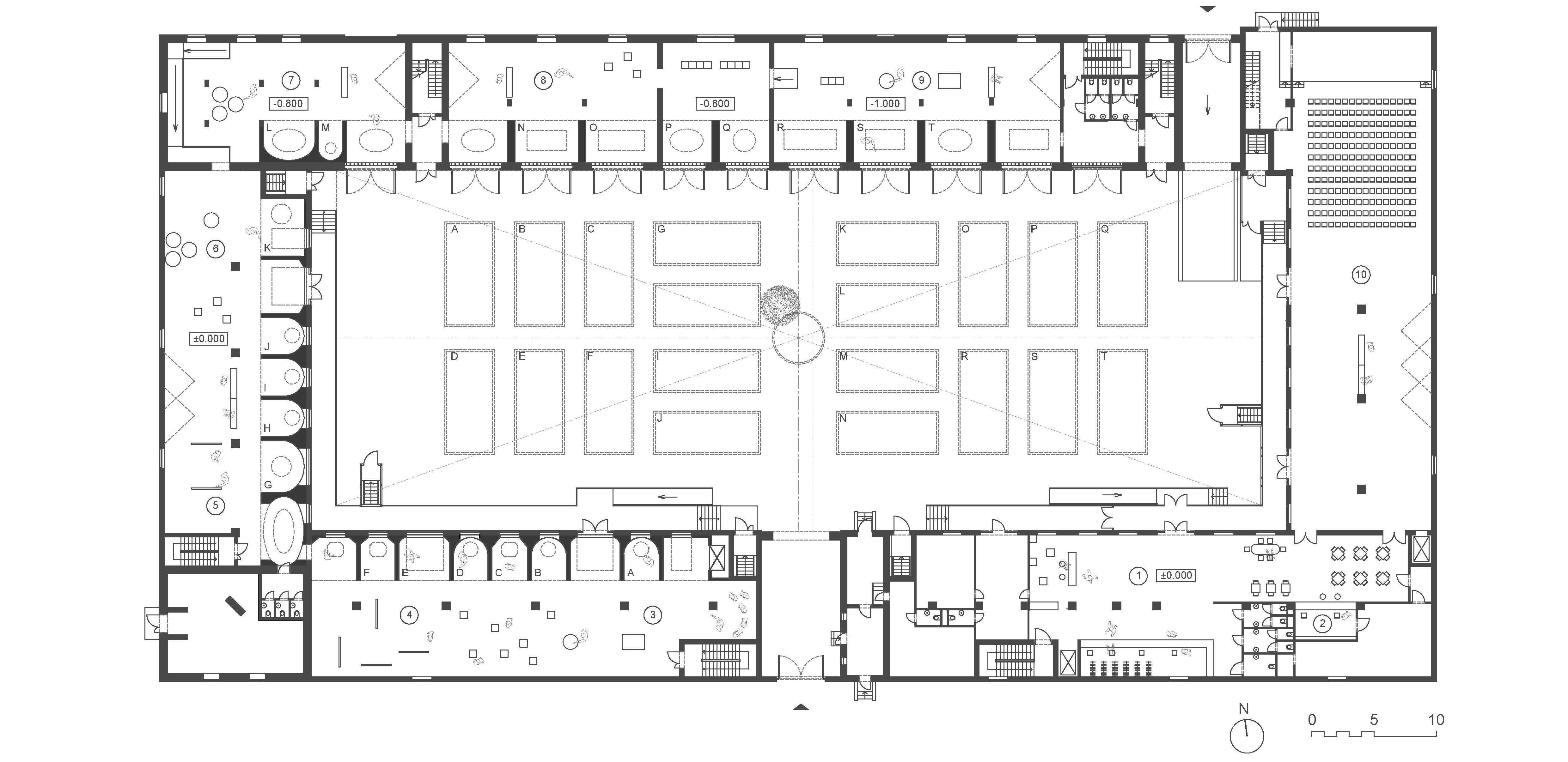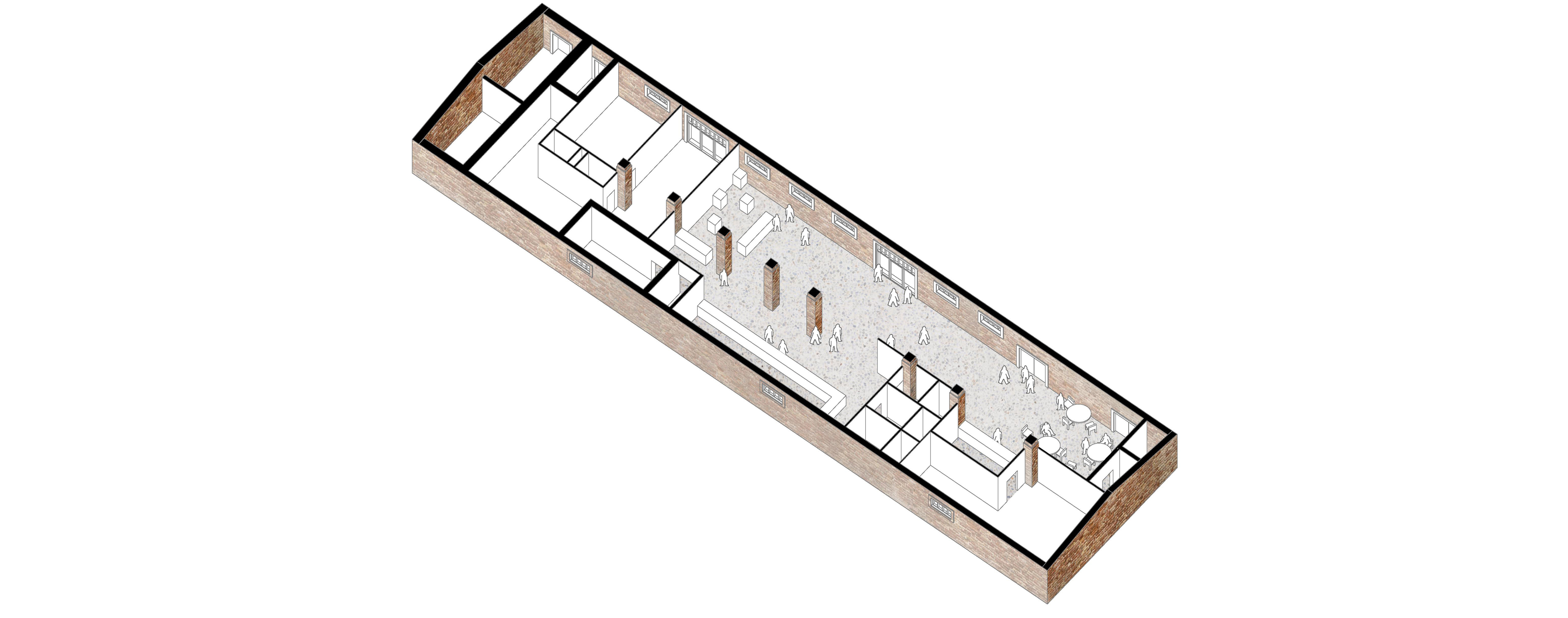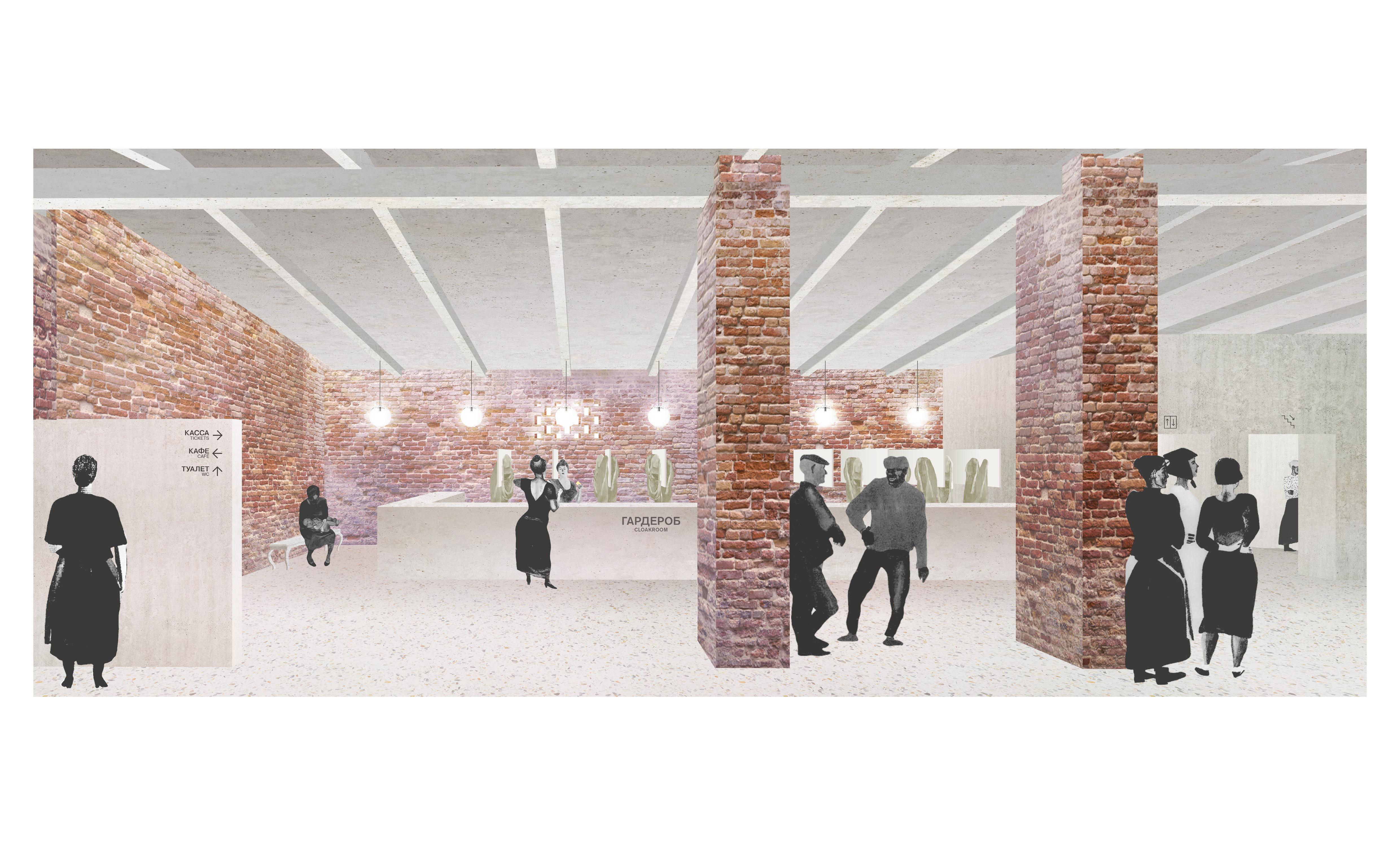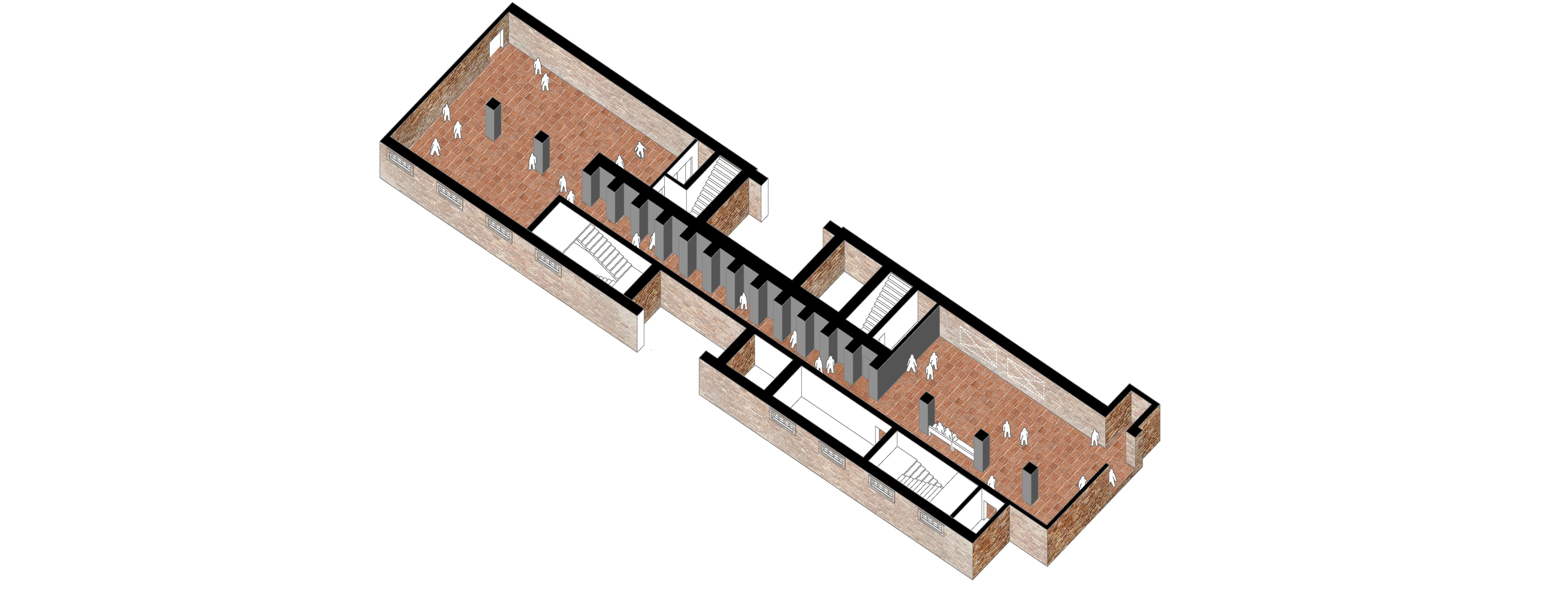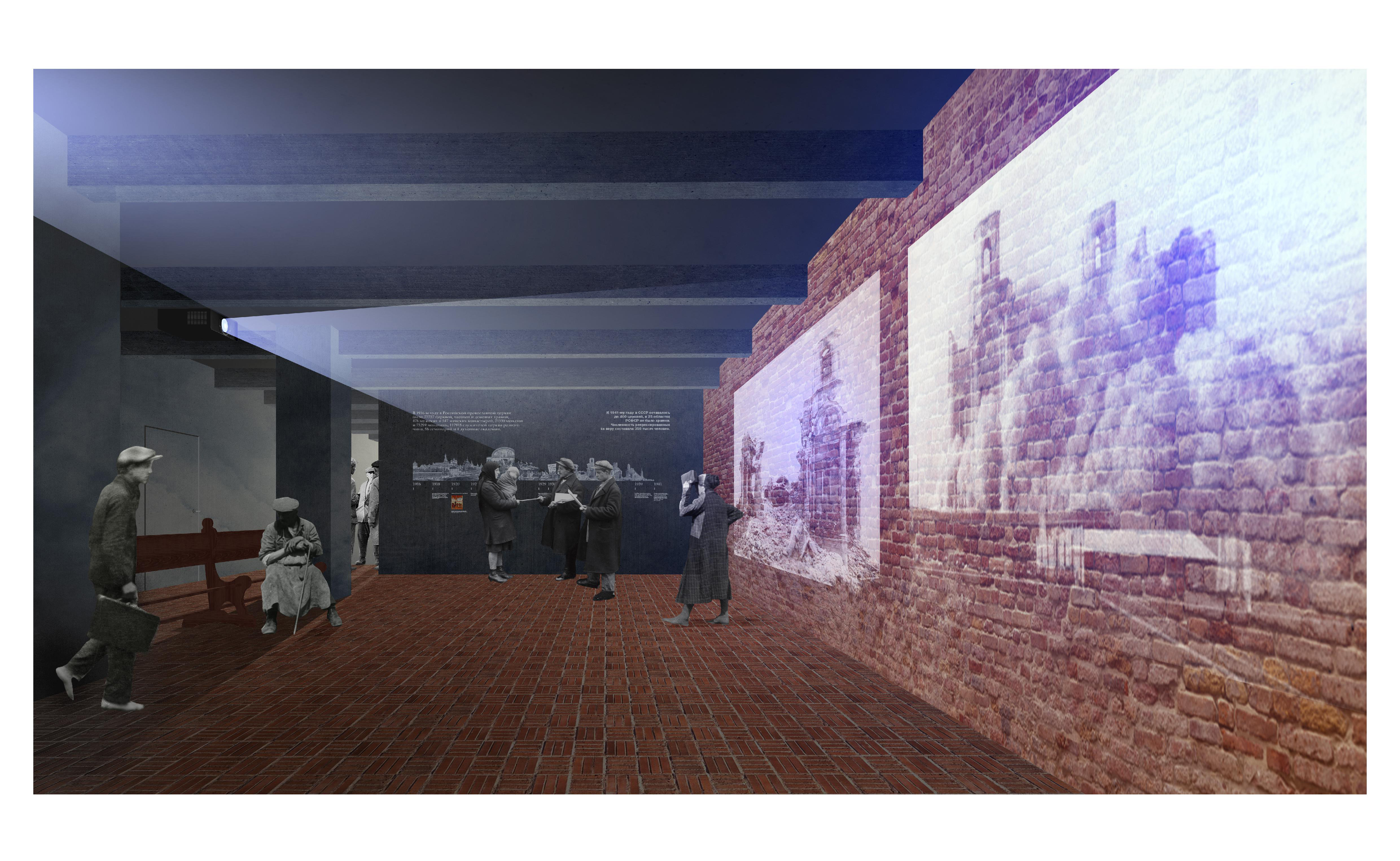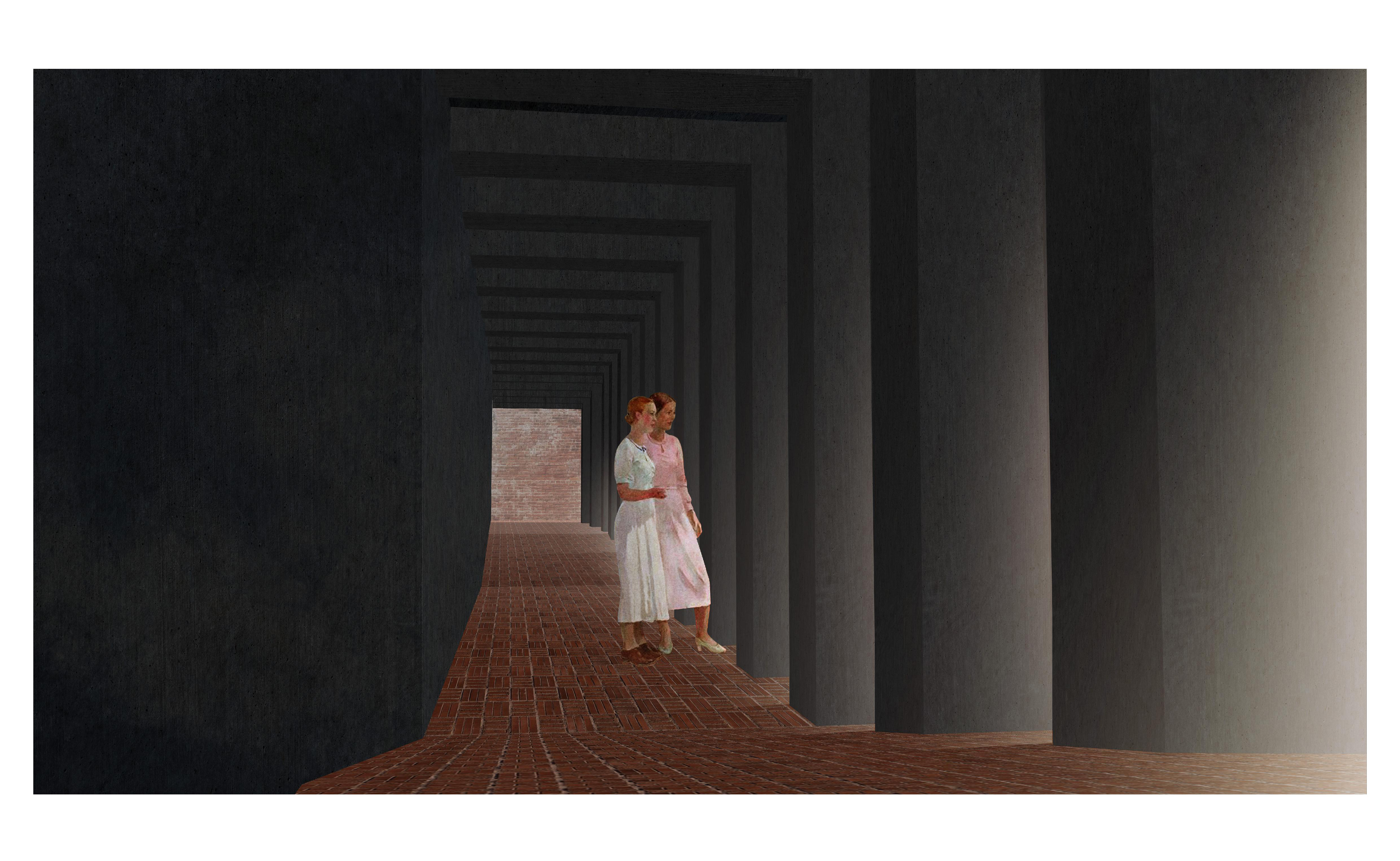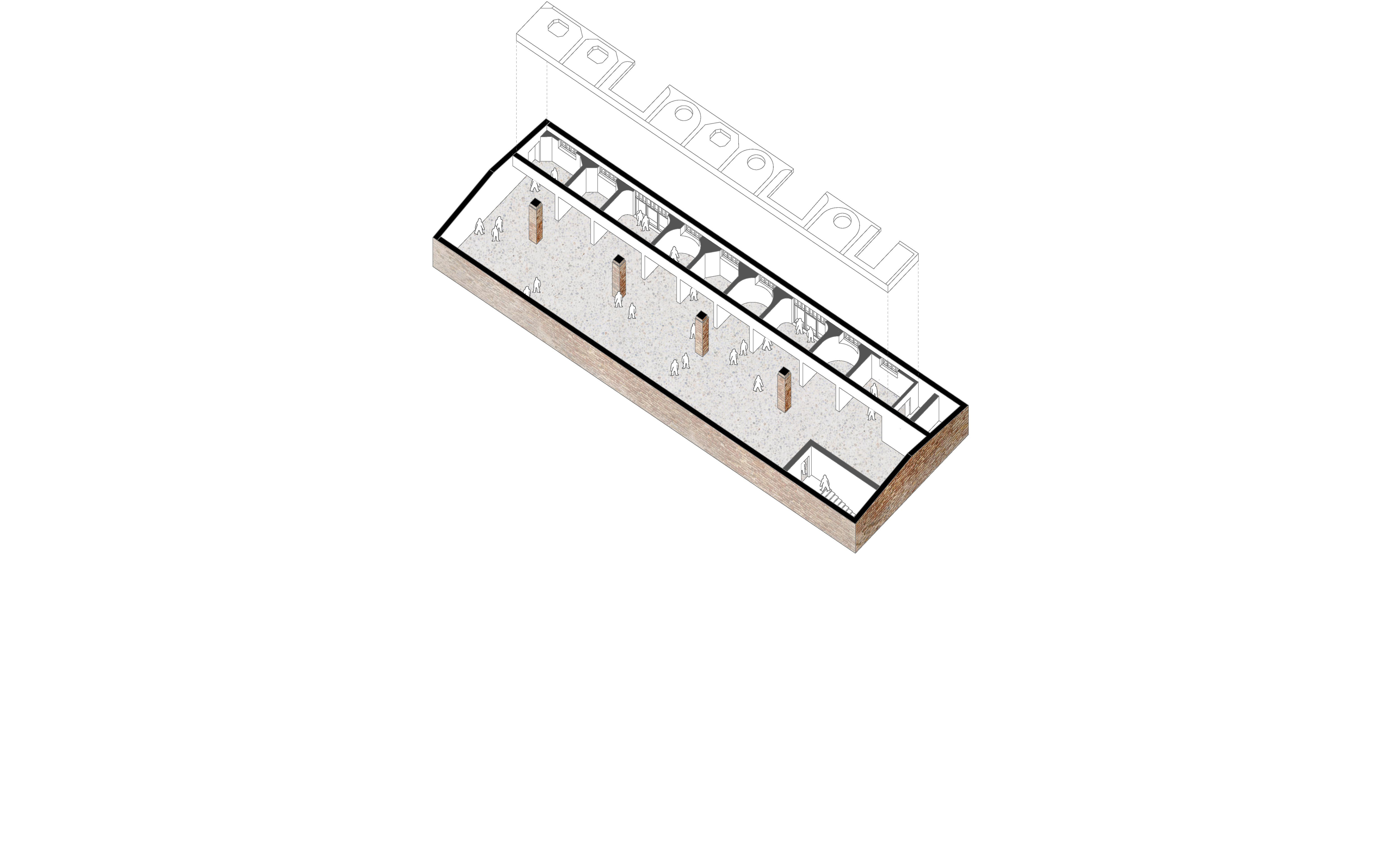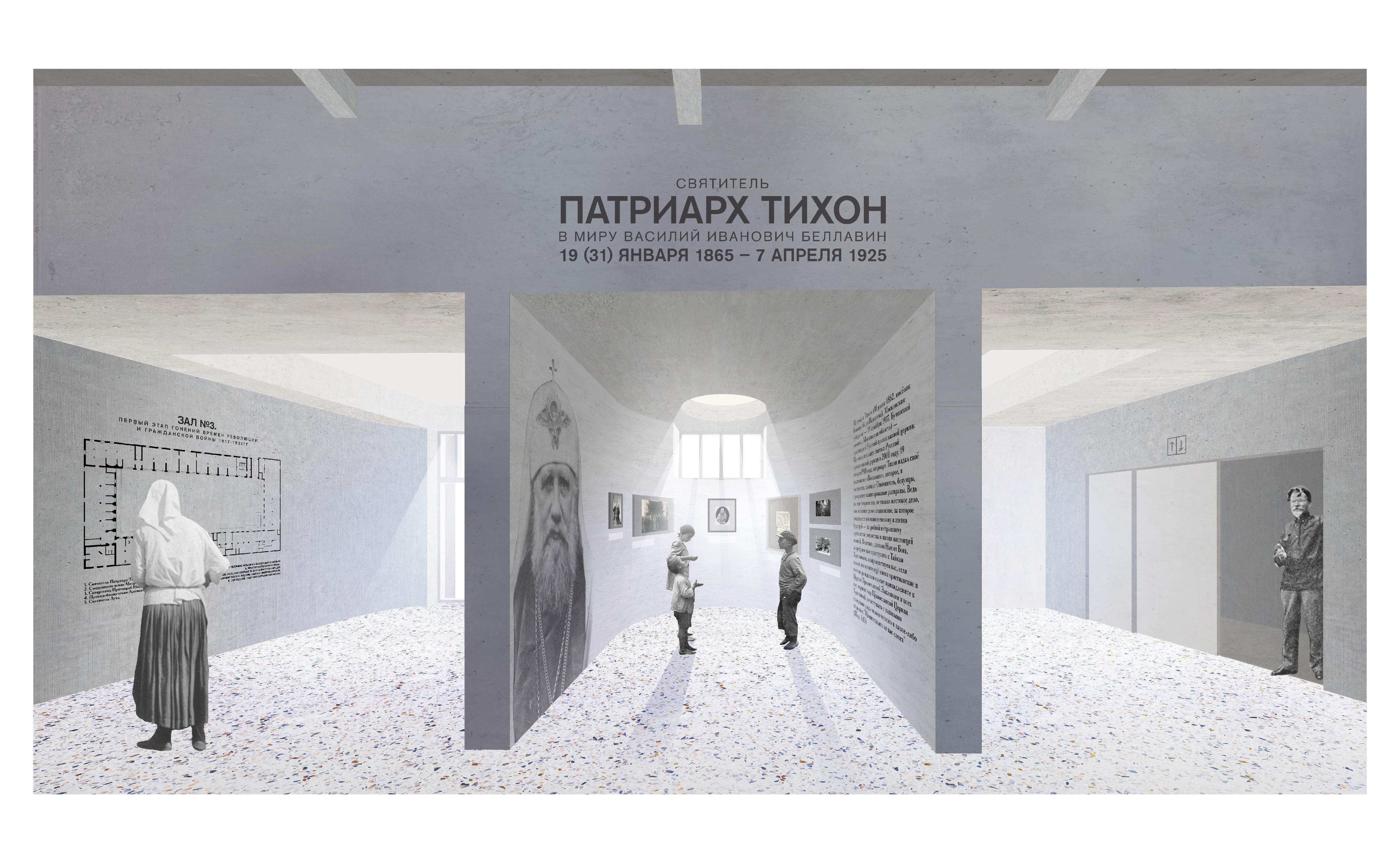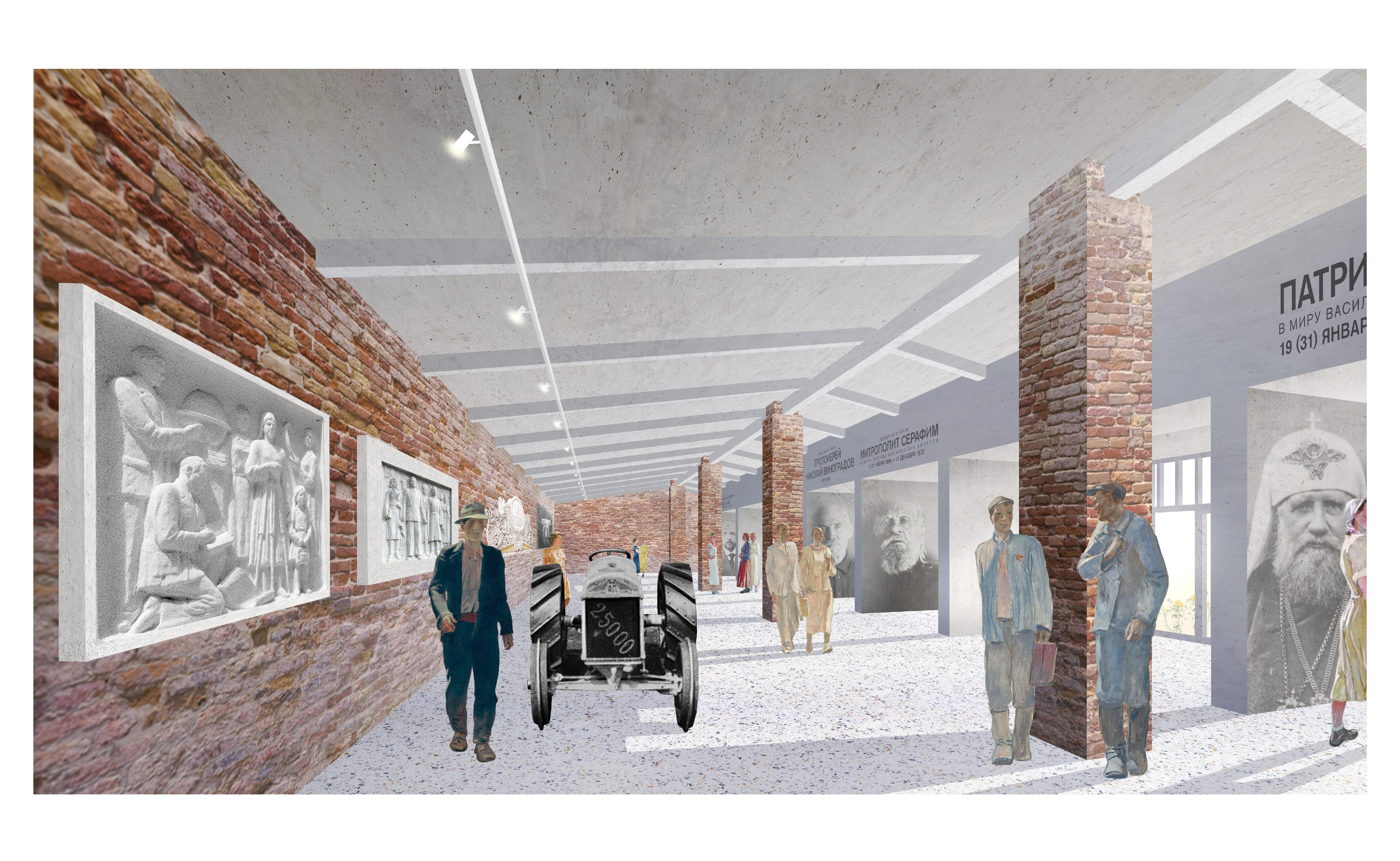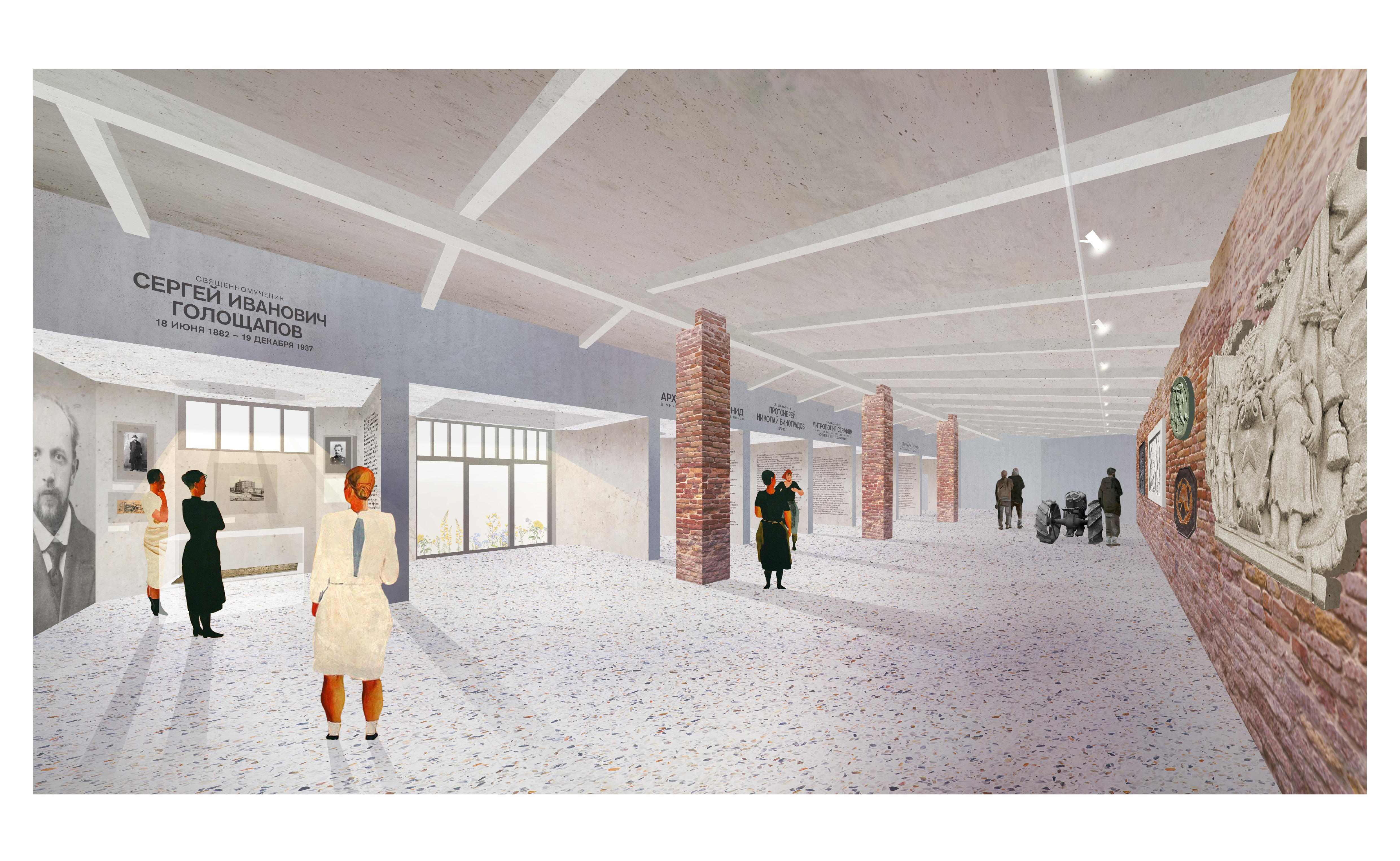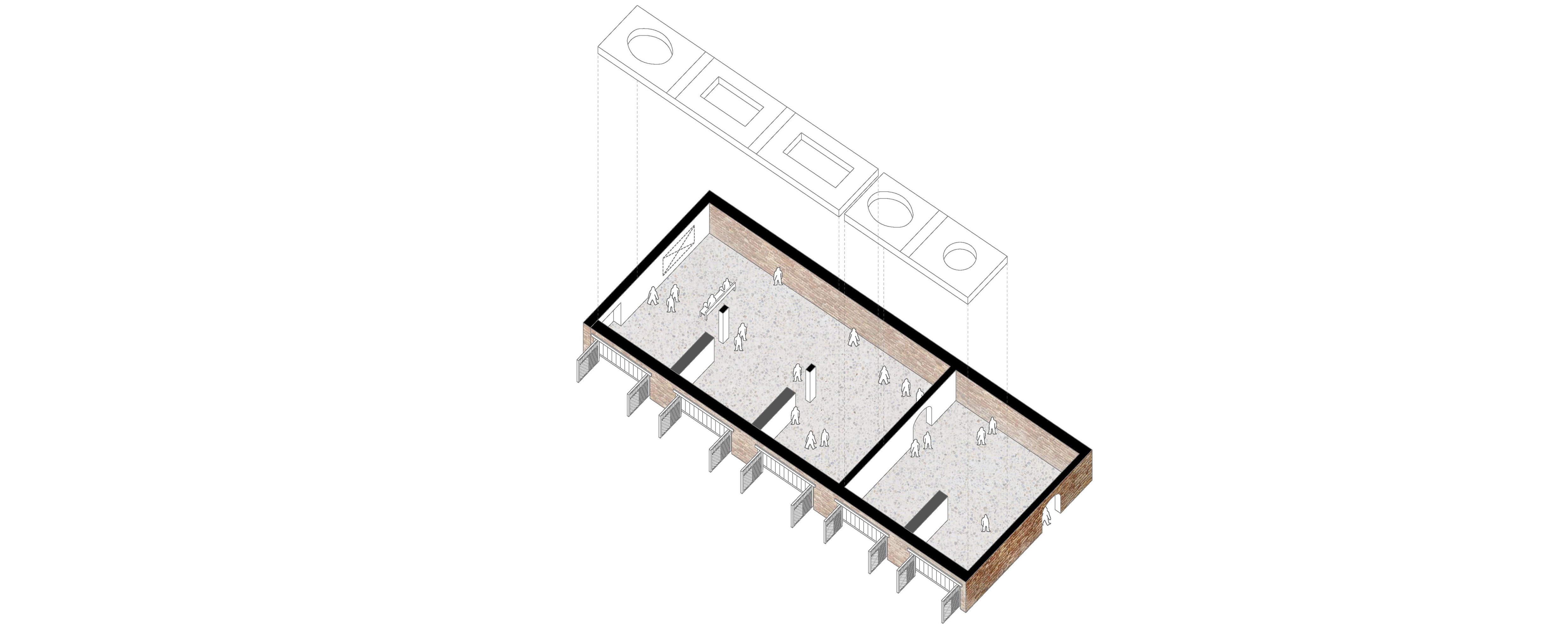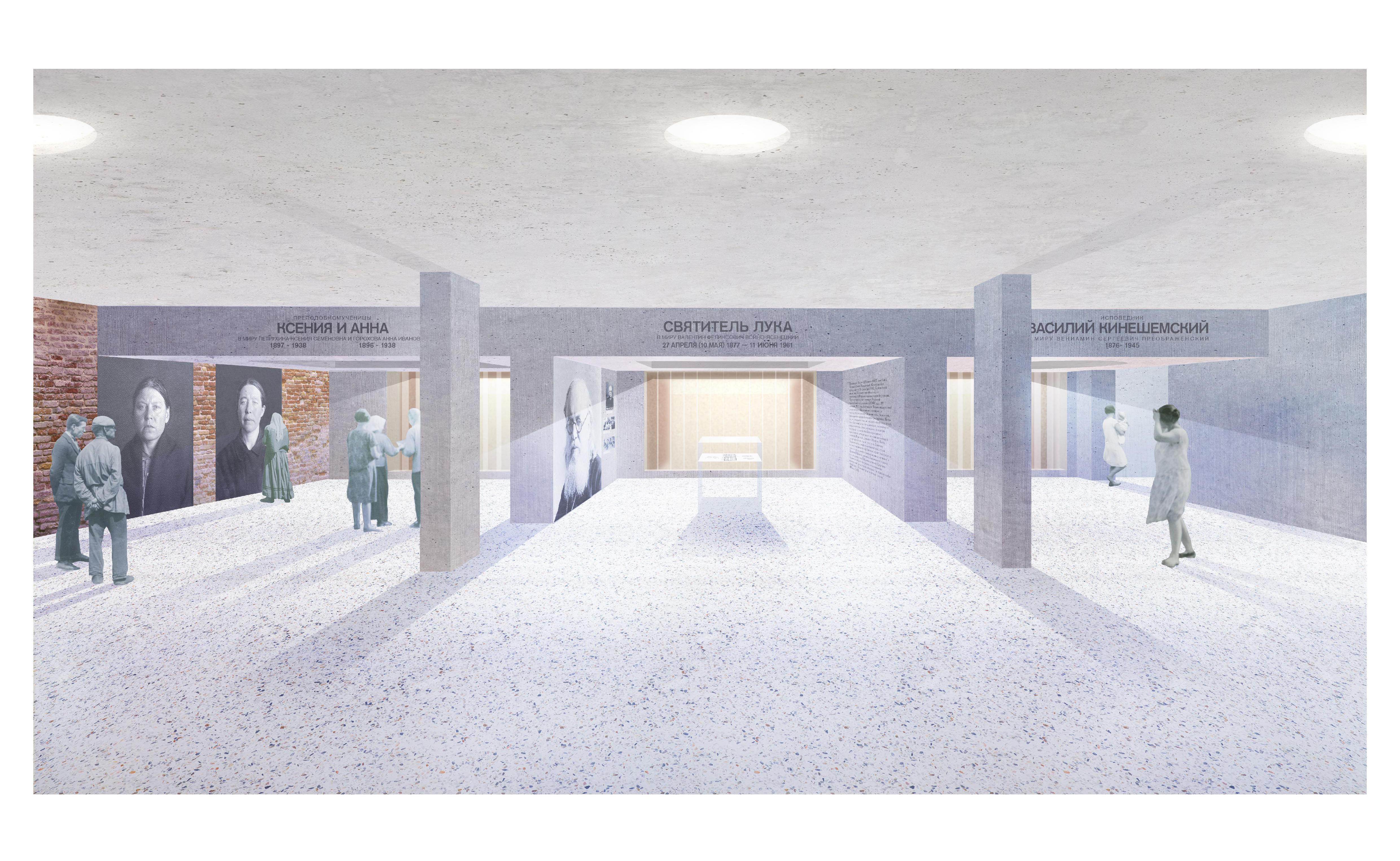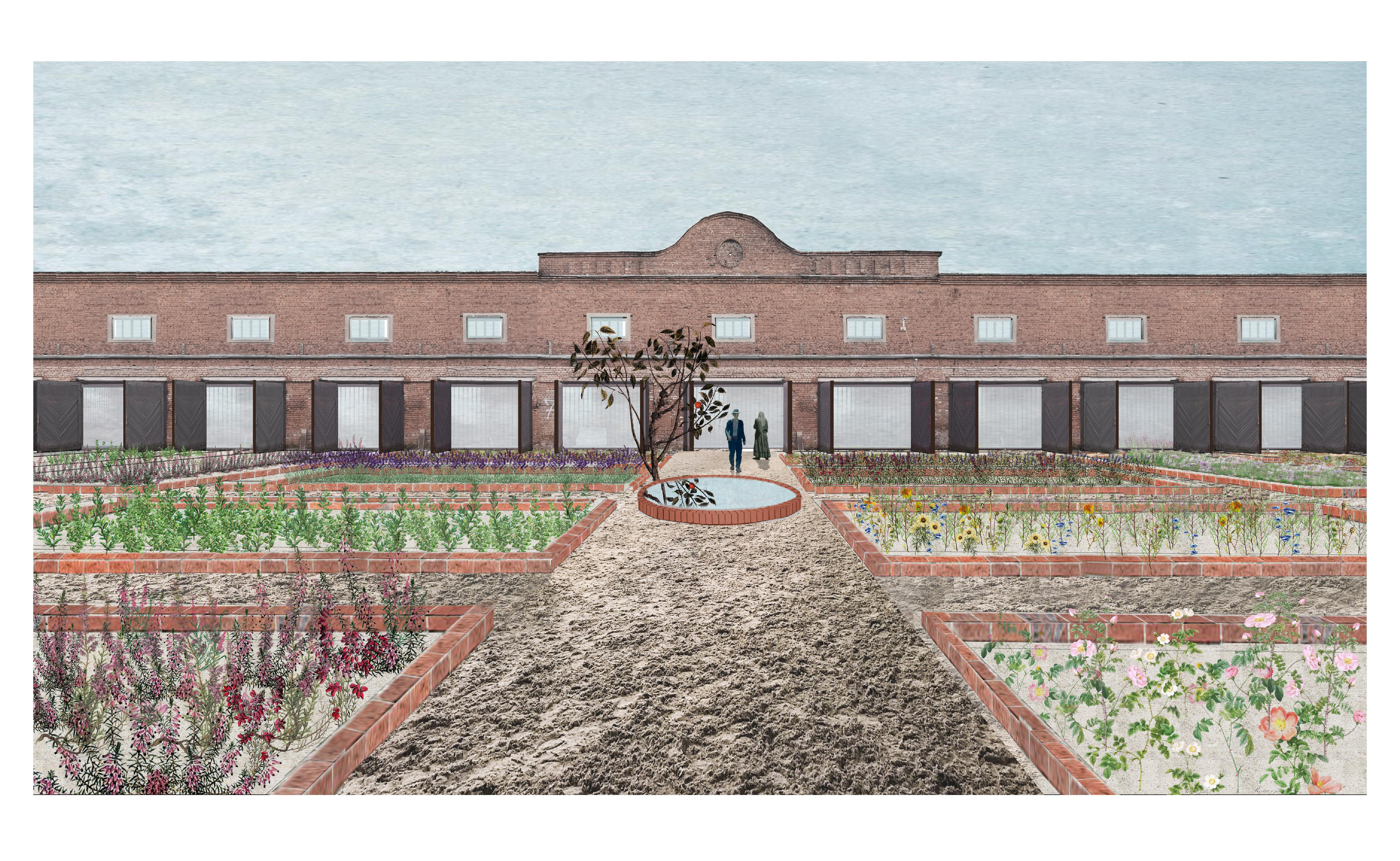The contrast of left and right, general and private, state and personal, atheistic and churchly will accompany the visitor on a journey through the museum, opening up new facets of the dramatic confrontation between man and state.
In the exposition, this confrontation will reveal the difference in the scale of the almost intimate personal chapels and the bulk of the common hall "social and historical space". The different heights of the ceilings in the chapels, the architecture that grows out of the properties and composition of individual exposition complexes (“loci”) will also emphasize and intensify the collision. The inner courtyard of the building, turned into a museum, can be likened to a monastery garden, which in the Middle Ages was associated with the Garden of Eden, prepared for the righteous in the future, or the heavenly Jerusalem.
The garden is planned to be laid out in the courtyard of the museum. It will be divided into the number of sections corresponding to the number of droplets in the exhibition. The plants on each site are the new martyrs behind those already on display. It is a metaphor for the growing and evolving museum research, rooted in the memory of the popular commemoration of the spiritual opposition of Orthodox believers to a totalitarian society.
If we consider the plan of the building, it turns out that by rallying, literally “standing up as a wall,” a host of ascetics – new martyrs, passion-bearers and confessors, and ordinary citizens defend the Garden of Eden from the repressive Soviet regime. Extending this metaphor to the present, we can say that together they save our common future from totalitarianism.
Illustration: Heavenly Jerusalem, France, XII century.
Image sourse: The Morgan Library & Museum
